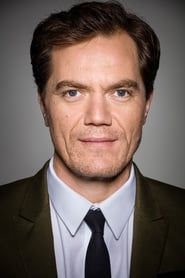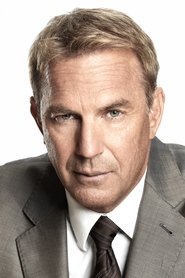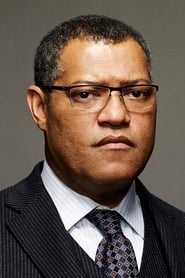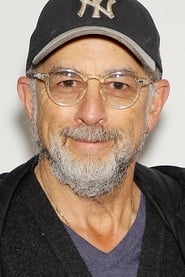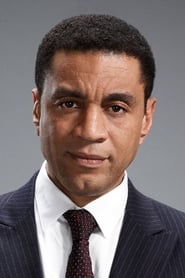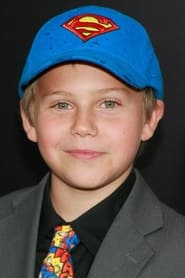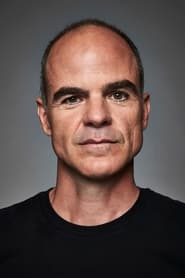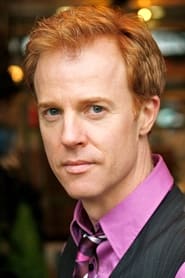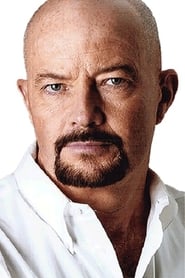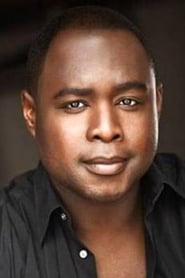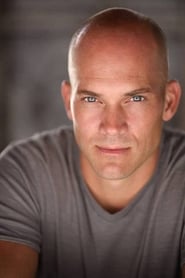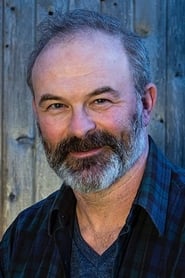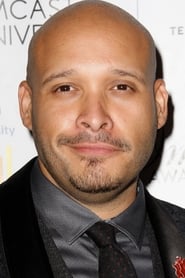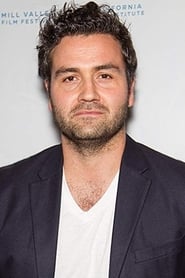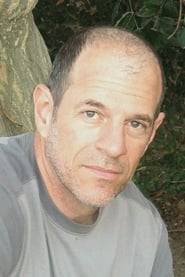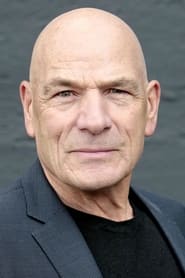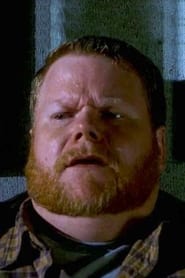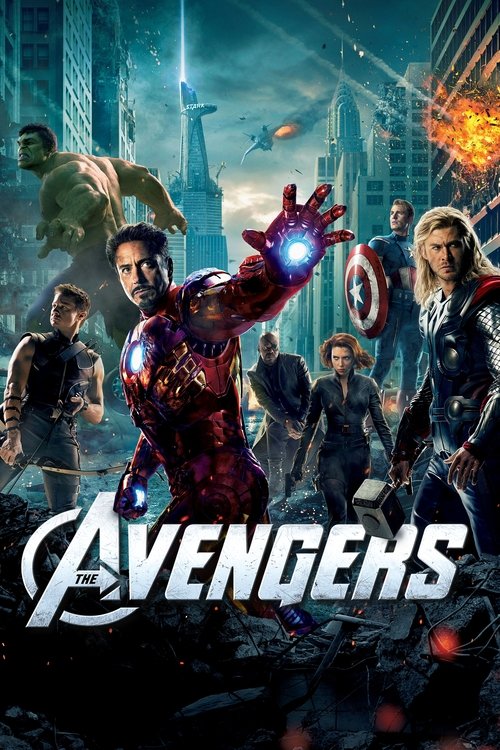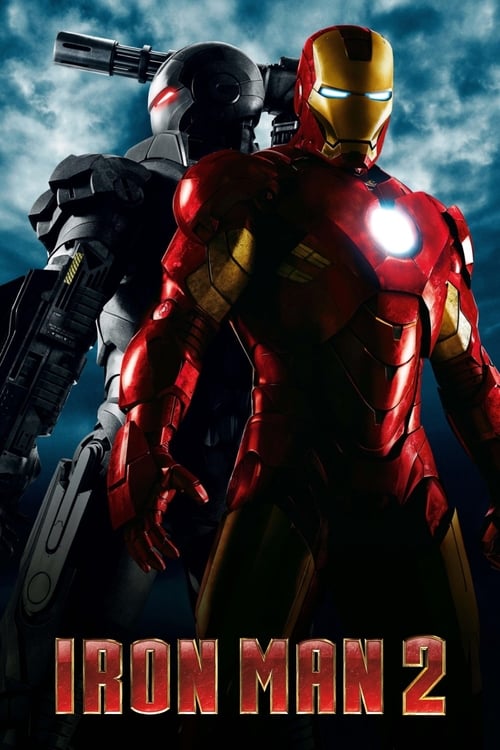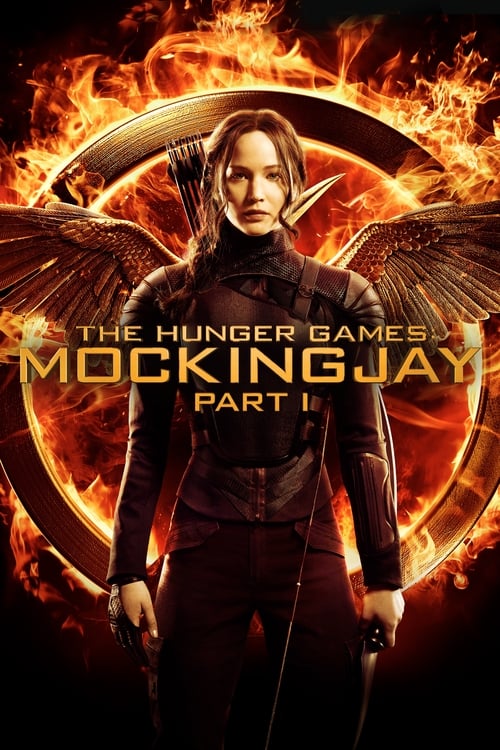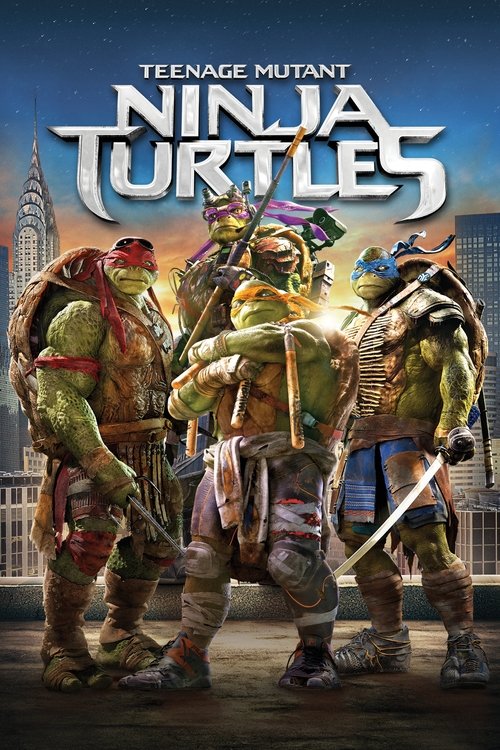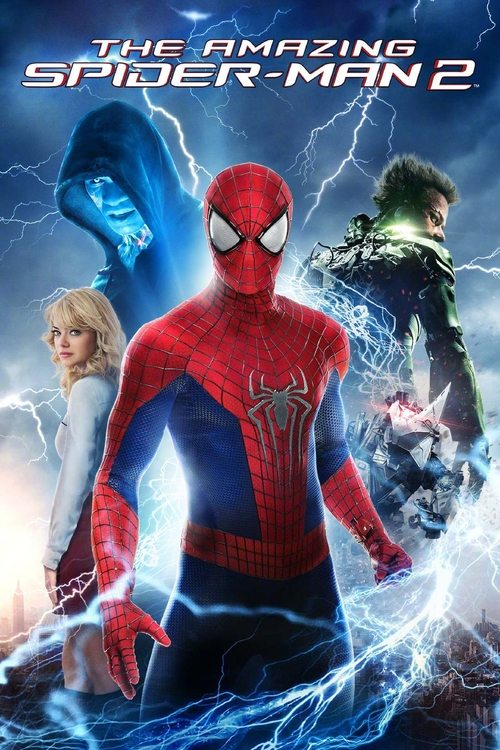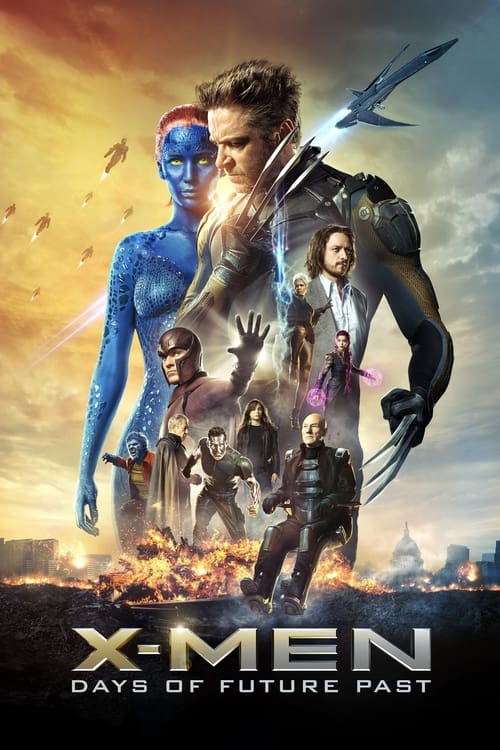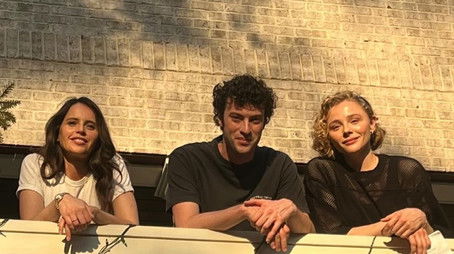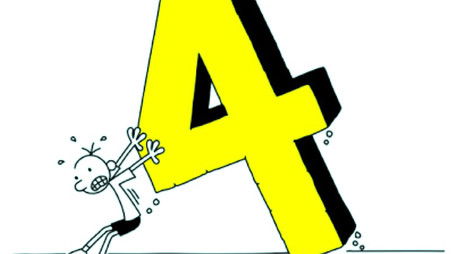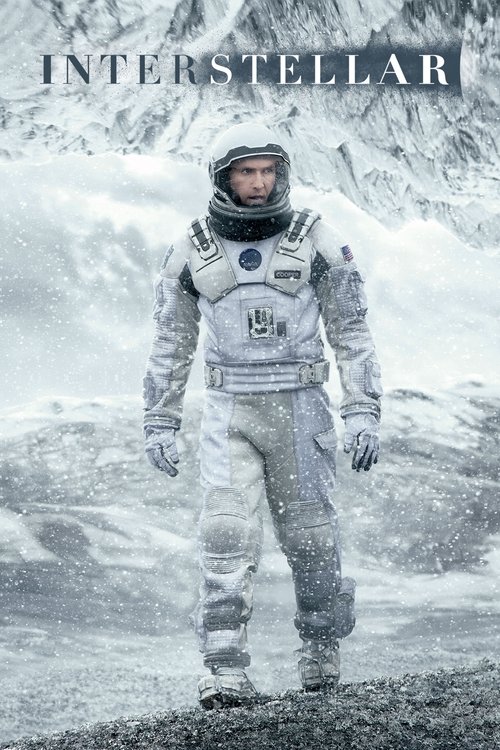
Ask Your Own Question
What is the plot?
The planet Krypton is dying. Its core is destabilizing, collapsing in on itself after centuries of reckless mining. In the heart of the capital, the scientist Jor-El stands before the Council, his voice urgent, his eyes filled with dread. He pleads for action, for evacuation, but the Council is paralyzed by tradition and denial. Jor-El knows the truth: Krypton will be destroyed within days. In a desperate act, he steals the genetic codex--the repository of all Kryptonian life--and infuses it into his newborn son, Kal-El. His wife, Lara, watches with tears in her eyes as Jor-El prepares the experimental rocket ship that will carry their child to safety. "He will be like a god to them," Jor-El whispers, "a symbol of hope." But before the ship can launch, General Zod storms the Council chamber, leading a coup in a final attempt to save Krypton. Jor-El fights Zod, but the general is too strong. With a brutal stab, Zod kills Jor-El, his body falling lifeless to the floor. Lara, heartbroken but resolute, launches the ship just as Krypton's destruction begins. The planet implodes, swallowed by fire and chaos, while Zod and his followers are sentenced to the Phantom Zone, a prison dimension beyond space and time.
The ship hurtles through the cosmos, its destination Earth. Thirty-three years later, the boy who was Kal-El is now Clark Kent, a young man wandering the American Midwest, searching for purpose. He is raised by Jonathan and Martha Kent in the quiet town of Smallville, Kansas. Jonathan, a farmer with a quiet strength, teaches Clark to control his powers--his super strength, his speed, his ability to fly. But he also teaches him to hide, to protect his secret. "You have to let people make their own mistakes," Jonathan says, his voice heavy with wisdom. "Sometimes you can't save everyone." Clark struggles with this, with the weight of his abilities and the loneliness of his difference. He drifts from job to job, helping people in secret, always moving on before he can be discovered.
One day, a massive tornado tears through Smallville. Clark, desperate to save his father, rushes to Jonathan's side as the storm bears down. Jonathan, seeing the danger, tells Clark to stay hidden. "You can't save me, Clark," he says, his voice calm but firm. "Not if it means revealing who you are." Clark hesitates, torn between his love for his father and his duty to protect his secret. As the tornado closes in, Jonathan smiles, accepting his fate. Clark watches, helpless, as his father is swept away, his body lost in the storm. The moment is seared into Clark's memory, a wound that will never fully heal.
Years pass. Clark, now a man, continues his search for answers. He follows whispers of strange occurrences, of alien technology hidden in remote places. In the Arctic, he discovers a Kryptonian scout ship buried beneath the ice. The ship responds to a strange metal key he has carried his whole life, activating a hologram of his father, Jor-El. "My son," Jor-El's voice echoes through the chamber, "you are not alone. You are Kal-El of Krypton, the last hope of our people." Jor-El reveals the truth: Clark was sent to Earth to guide humanity, to protect them, and to carry the genetic codex that could one day restore Krypton. He gifts Clark the iconic Superman suit, a symbol of his heritage and his destiny. "You will be a beacon of hope," Jor-El says, "a light in the darkness."
But Clark's discovery is not without consequence. The activation of the key also triggers a distress beacon, alerting the only survivors of Krypton--General Zod and his followers, who have escaped the Phantom Zone. Zod, driven by a fanatical desire to rebuild Krypton, arrives on Earth with his army. He demands that humanity surrender Kal-El, threatening to destroy the planet if his demands are not met. Zod's plan is clear: he will use the World Engine, a terraforming device, to transform Earth into a new Krypton, wiping out human civilization in the process.
Clark's activities have not gone unnoticed. Lois Lane, a bold and determined reporter for the Daily Planet, has been investigating the Kryptonian scout ship. She tracks Clark to the Arctic, where she witnesses the hologram of Jor-El and learns the truth of his origins. "You're not from Earth," she says, her voice filled with awe and disbelief. Clark, realizing he can no longer hide, confides in Lois, trusting her with his secret. Together, they seek a way to stop Zod and his forces.
Zod's arrival on Earth is marked by violence and destruction. His troops descend on Smallville, searching for the genetic codex. Clark confronts them in a brutal fight that tears through the town. Buildings explode, cars are thrown like toys, and the ground shakes with the force of their battle. Clark, fueled by rage and desperation, defeats Zod's soldiers, but the cost is high. The town is left in ruins, a testament to the power of the Kryptonians.
Zod, undeterred, activates the World Engine, linking it to his ship in orbit. The device begins to alter Earth's environment, causing massive earthquakes and storms. Metropolis, the heart of human civilization, is devastated. The city is torn apart, its skyscrapers collapsing, its streets filled with chaos and fear. Clark and Lois enlist the help of the U.S. military, who devise a plan to stop Zod's forces. Clark is given the code name "Superman," a symbol of hope for humanity.
Superman destroys the World Engine's platform over the Indian Ocean, preventing the terraforming of Earth. The military launches a suicide attack, using the Kryptonian scout ship to send Zod's troops back to the Phantom Zone. But Zod himself remains, vowing revenge. The final battle between Superman and Zod is a cataclysmic clash that rages across Metropolis. Buildings are reduced to rubble, the sky is filled with fire and smoke, and the city is left in ruins.
In the climax of the fight, Zod, defeated and enraged, turns his heat vision on a family of innocent bystanders. Superman, driven to desperation, pleads with Zod to stop. "Zod, no!" he shouts, his voice filled with anguish. But Zod taunts him, refusing to relent. "You will never stop me," he sneers. With no other choice, Superman is forced to kill Zod, snapping his neck to save the lives of the innocent. The moment is devastating, a weight that will haunt Superman for the rest of his life.
In the aftermath, Clark adopts the identity of a reporter at the Daily Planet, maintaining a low profile while continuing to protect Earth as Superman. Lois Lane becomes his confidant and ally, aware of his true identity. The film ends with Clark embracing his role as Superman, a symbol of hope and protection for humanity. The city of Metropolis, though scarred by the battle, begins to rebuild, a testament to the resilience of the human spirit.
The deaths in the film are numerous and impactful. Jor-El is killed by Zod during the coup on Krypton. Jonathan Kent dies in the tornado in Smallville, refusing Clark's help to protect his secret. Zod is killed by Superman in Metropolis, a necessary act to save innocent lives. Zod's followers are defeated and sent back to the Phantom Zone by the military.
The revelations and twists are central to the story. Clark discovers his origins as Kal-El of Krypton, learns of his purpose to guide and protect humanity, and accepts the responsibility that comes with his powers. Zod's plan to terraform Earth into a new Krypton is revealed, threatening human extinction. The military's view of Clark shifts from suspicion to trust, seeing him as an ally in the fight against Zod's forces.
The key objects and communications drive the plot. The Kryptonian genetic codex is central to Zod's plan and the conflict. The Kryptonian scout ship, containing Jor-El's AI hologram and the Superman suit, is the place where Clark learns his true identity. The World Engine is the terraforming device deployed by Zod to transform Earth's environment. Military communications are crucial in coordinating the effort to stop Zod's plan.
The ending is complete and unambiguous. Superman destroys the World Engine, preventing the terraforming of Earth. The military defeats Zod's followers, sending them back to the Phantom Zone. Superman kills Zod to save innocent lives. Clark adopts the identity of a reporter at the Daily Planet, continuing to protect Earth as Superman. Lois Lane becomes his confidant and ally, aware of his true identity. The film ends with Clark embracing his role as Superman, a symbol of hope and protection for humanity.
What is the ending?
At the end of "Man of Steel," Clark Kent, also known as Superman, confronts General Zod in a climactic battle that results in Zod's death. After the battle, Clark decides to embrace his identity as Superman and begins to work at the Daily Planet, while also establishing a relationship with Lois Lane.
As the final act of "Man of Steel" unfolds, the scene shifts to a devastated Metropolis, where the battle between Superman and General Zod reaches its peak. The city is in ruins, skyscrapers crumbling, and chaos reigns as Zod, driven by his mission to protect Kryptonian heritage, unleashes his wrath upon humanity. Superman, torn between his desire to protect Earth and the need to stop Zod, engages in a fierce aerial battle that showcases his incredible powers and the destructive capabilities of Zod.
In a pivotal moment, Zod threatens a family trapped in a collapsing building, showcasing his ruthless determination. Superman, filled with desperation and a sense of duty, intervenes, but the confrontation escalates. Zod's relentless pursuit of his mission leads to a brutal clash, and the two Kryptonians exchange blows that send shockwaves through the city. The emotional stakes are high as Superman struggles with the weight of his actions and the consequences of their battle.
As the fight continues, Zod's intentions become clear: he will not stop until he has eradicated humanity, viewing them as a threat to Kryptonian existence. In a heart-wrenching moment, Superman realizes that the only way to stop Zod is to take a life, something he has always vowed against. In a desperate struggle, Superman ultimately snaps Zod's neck, ending the immediate threat but leaving him devastated. The act weighs heavily on him, as he grapples with the moral implications of his choice.
Following Zod's death, the scene transitions to a quieter moment. Superman stands amidst the wreckage of Metropolis, the weight of his actions evident on his face. He is now a symbol of both hope and destruction, embodying the duality of his existence. The city mourns its losses, and Superman is left to ponder his role in this new world.
In the aftermath, Clark Kent, having embraced his identity as Superman, begins to forge a new path. He takes a job at the Daily Planet, where he meets Lois Lane, who has become an integral part of his life. Their relationship blossoms as they share a mutual understanding of the challenges they face. Clark's decision to work at the Daily Planet signifies his commitment to being a part of humanity, using his abilities to help others while also seeking to understand the world he protects.
The film concludes with a sense of hope and renewal. Superman stands tall, looking out over Metropolis, ready to embrace his role as its protector. The final scenes emphasize his resolve to be a beacon of hope for humanity, despite the heavy burden of his past actions. The fate of each main character is clear: Superman has chosen to accept his identity, Lois Lane is poised to support him, and the world is left to rebuild in the wake of the destruction, with Superman as its guardian.
Is there a post-credit scene?
In "Man of Steel," there is no traditional post-credit scene that teases future films or storylines. However, there is a brief scene during the credits that features a conversation between two characters.
The scene takes place in a military facility where a character named Dr. Emil Hamilton is speaking with a soldier. They discuss the aftermath of the battle in Metropolis and the implications of Superman's presence on Earth. The tone is serious, reflecting the concerns about the potential threats that Superman might face and the responsibilities that come with his powers.
This moment serves to highlight the ongoing tension between humanity and the existence of a superpowered being, setting the stage for future conflicts and the complexities of Superman's role in the world. It emphasizes the themes of fear and acceptance that run throughout the film, leaving the audience with a sense of anticipation for what might come next in the evolving narrative of Superman.
What is the significance of the codex in Man of Steel?
The codex is a crucial element in 'Man of Steel' as it contains the genetic information of all Kryptonians, essentially serving as a blueprint for the future of the Kryptonian race. Jor-El, Superman's father, sends the codex with baby Kal-El to Earth to ensure the survival of Kryptonian heritage after the destruction of their home planet. General Zod seeks the codex to resurrect Krypton, which creates a conflict between him and Superman.
How does Clark Kent discover his powers in Man of Steel?
Clark Kent, portrayed as a young boy, first discovers his powers during a series of incidents throughout his childhood. He experiences superhuman strength when he saves his classmates from a school bus accident, showcasing his ability to lift the bus effortlessly. Additionally, he has heightened senses, which he struggles to control, leading to moments of confusion and fear. These experiences shape his understanding of his identity and the responsibilities that come with his powers.
What motivates General Zod's actions in Man of Steel?
General Zod is driven by a deep sense of duty to restore Krypton and its people after the planet's destruction. His motivations are rooted in his belief that Krypton must be reborn, and he sees Superman as a key to achieving this goal. Zod's ruthless determination to reclaim the codex and create a new Krypton leads him to confront Superman, viewing him as both a rival and a potential ally in his quest.
What role does Lois Lane play in Clark Kent's journey in Man of Steel?
Lois Lane serves as a pivotal character in Clark Kent's journey of self-discovery. As a determined journalist, she is one of the first to uncover the truth about Superman's identity. Her relationship with Clark evolves from initial skepticism to mutual respect and partnership. Lois becomes a confidante for Clark, helping him navigate his dual identity and ultimately supporting him in his battle against Zod, showcasing her strength and resourcefulness.
How does the destruction of Krypton impact Superman's character in Man of Steel?
The destruction of Krypton profoundly impacts Superman's character, instilling in him a sense of loss and responsibility. As the last son of Krypton, he grapples with the weight of his heritage and the expectations that come with it. This loss fuels his desire to protect Earth and its inhabitants, shaping his moral compass and driving him to embrace his role as a hero. The emotional turmoil stemming from his origins adds depth to his character, making his journey more relatable and poignant.
Is this family friendly?
"Man of Steel" contains several scenes and themes that may be considered objectionable or upsetting for children or sensitive viewers. Here are some aspects to consider:
-
Violence and Destruction: The film features intense action sequences, including battles between Superman and various adversaries. These scenes involve significant destruction of buildings and infrastructure, which may be distressing.
-
Death and Loss: There are moments that depict the loss of life, including the deaths of key characters. The emotional weight of these scenes may be heavy for younger viewers.
-
Parental Conflict: The film explores complex family dynamics, including the struggles of Superman's biological parents and the emotional turmoil of his adoptive parents. This may resonate deeply with some viewers.
-
Alien Threats: The presence of extraterrestrial beings and the threat they pose to Earth can be frightening, especially for younger audiences.
-
Moral Dilemmas: Characters face difficult choices that involve sacrifice and the greater good, which may provoke thought but could also be challenging for younger viewers to process.
-
Intense Emotional Moments: The film delves into themes of identity, belonging, and the burden of expectations, which may evoke strong emotions.
These elements contribute to a narrative that, while ultimately hopeful, contains darker themes and intense moments that may not be suitable for all children.






